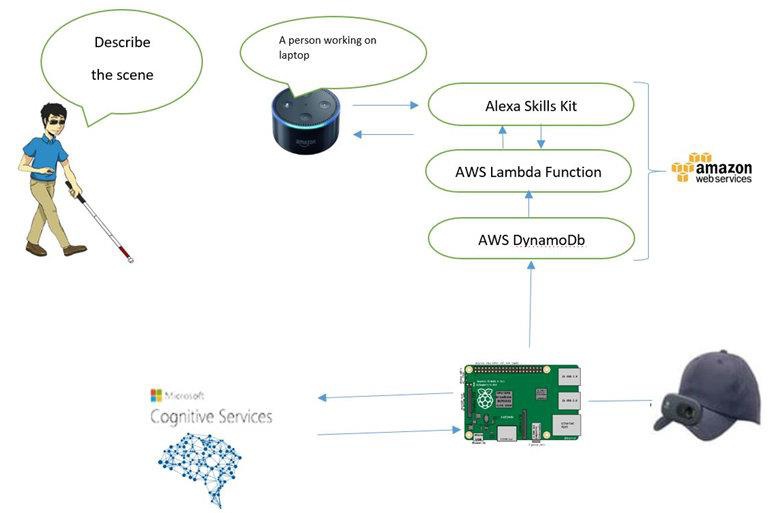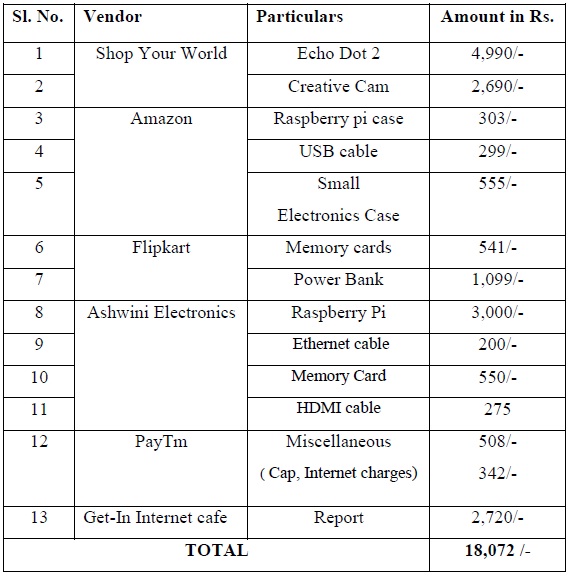





Published on Nov 30, 2023
For those millions of us whose vision isn’t perfect, there are glasses. But for those hundreds of thousands who are blind, devices that merely assist the eyes just aren’t enough. What they need are alternative routes by which the sights of the world can enter the brain and be interpreted. Technology has created many path ways for the mankind. Now technology has improved to that extent wherein the entire human body can be controlled using a single electronic chip. We have seen prosthetics that helped to overcome handicaps. Bio medical engineers play a vital role in shaping the course of these prosthetics. Now it is the turn of artificial vision through bionic eyes. Chips designed specially to imitate the characteristics of the damaged retina and the cones and rods of the organ of sight are implanted with a microsurgery.
Linking electronics and biotechnology, the scientists have made the commitment to the development of technology that will provide or restore vision for the visually impaired around the world. Whether it is Bio medical, Computer, Electrical, or Mechanical Engineers all of them have a role to play in the personification of Bionic Eyes. There is hope for the blind in the form of bionic eyes. This technology can add life to their vision less eyes.
Vision is an important aspect of life as 83% of the information about the environment human beings get is by sight. The blind, devoid of this aspect, face challenges everyday for safe and independent mobility. According to the statistics provided by the World Health Organization (WHO) in 2011, there are 285 billion people in world with visual impairment, 39 billion people are blind, 246 billion suffer with low vision and around 15 million people are blind in India [8]. Although many devices like the white cane, smart cane etc have been in use by the blind, they fail to provide complete information leading to accidents till date. The former neither detects hanging objects nor does it give any information about the movement of the obstacle. The latter on the other hand, detects hanging objects but fails in recognizing it. Also, when the blind tends to touch the object in an attempt to know what it is, it might turn out to be dangerous.
The Artificial Vision aims to bring the beautiful world as a narrative to the visually impaired. The narrative is generated by converting the scenes in front of them to text which describes the important objects in the scene. Examples of text include ‘A group of people playing a game of football’, ’yellow truck parked next to the car’, ‘a bowl of salad kept on table’. For the first prototype of the system, one line along with some keywords are played as an audio to the users but in the later versions a detailed description would be added as the feature.
Amazon Web Services AWS DynamoDB
Amazon Web Services AWS Lambda
Amazon Alexa Skill Kit
Microsoft Azure
Python 2.7 or higher
Putty
VNC server
Xming
Amazon Alexa Amazon Echo
Raspberry Pi Model B
Creative USB webcam
Power Bank 5v
USB cables
The architecture of the system includes Amazon Echo, Raspberry Pi (any version 1,2,3 will work) and online computer vision API’s.
A webcam which is retrofitted into a regular cap is connected to the Raspberry Pi. The code given here runs on Raspberry Pi. The function of the code is to capture the image from the webcam and send it to Microsoft API’s for recognition task. The response is then inserted to DynamoDB. When the user asks Alexa to describe the scene, the Alexa Skill Kit triggeres Amazon Lambda function to fetch the data from the database (DynamoDB). The correct text is the played as an audio on the Alexa device.
Amazon Echo is a hands-free speaker you control with your voice. Echo connects to the Alexa Voice Service to play music, provide information, news, sports scores, weather, and more-instantly. All you have to do is ask. Echo has seven microphones and beam forming technology so it can hear you from across the room-even while music is playing.
Echo is also an expertly tuned speaker that can fill any room with 360-degree immersive sound. When you want to use Echo, just say the wake word “Alexa” and Echo responds instantly. If you have more than one Echo or Echo Dot, Alexa responds intelligently from the Echo you are closest to the ESP (Echo Spatial Perception).


To provide the artificial vision for the blind and visually impaired.
It acts as a third eye.
Provides assistance using Raspberry Pi for the blind.
Face and emotion recognition.
Text to speech for reading books.
Indoor navigation with visual SLAM
Outdoor navigation with GPS
Traffic light colour interpretation
We would like to conclude that the proposed system is completed successfully, as we stated earlier in a problem statement. This paper proposes an enhanced assisting electronic aid using latest technology like Amazon web services, Amazon Alexa and Raspberry Pi for the visually impaired people. This project will successfully implement the object detection and provide a clear information to a blind people. Hence, it can be concluded that this project is able to play a great contribution to the state of the art and will play a great role to assist the blinds to walk easily.
Though being advantageous in several aspects, like providing artificial vision and assistance for visually impaired people by using advanced emerging technologies like AWS and MS cognitive services, it has some limitations of yearly and monthly subscriptions.
1. https://aws.amazon.com/what-is-aws
2. https://www.youtube.com/watch?v=2MMFNLJkjOo
3. https://azure.microsoft.com/en-in/overview/what-is-azure/
4. https://developer.amazon.com/public/solutions/alexa/alexa-skills-kit/docs/developing-an-alexa-skill-as-a-lambda-function
5. https://sbstjn.com/custom-alexa-skill-for-amazon-echo-with-lambda.html
6. http://docs.aws.amazon.com/cli/latest/userguide/installing.html